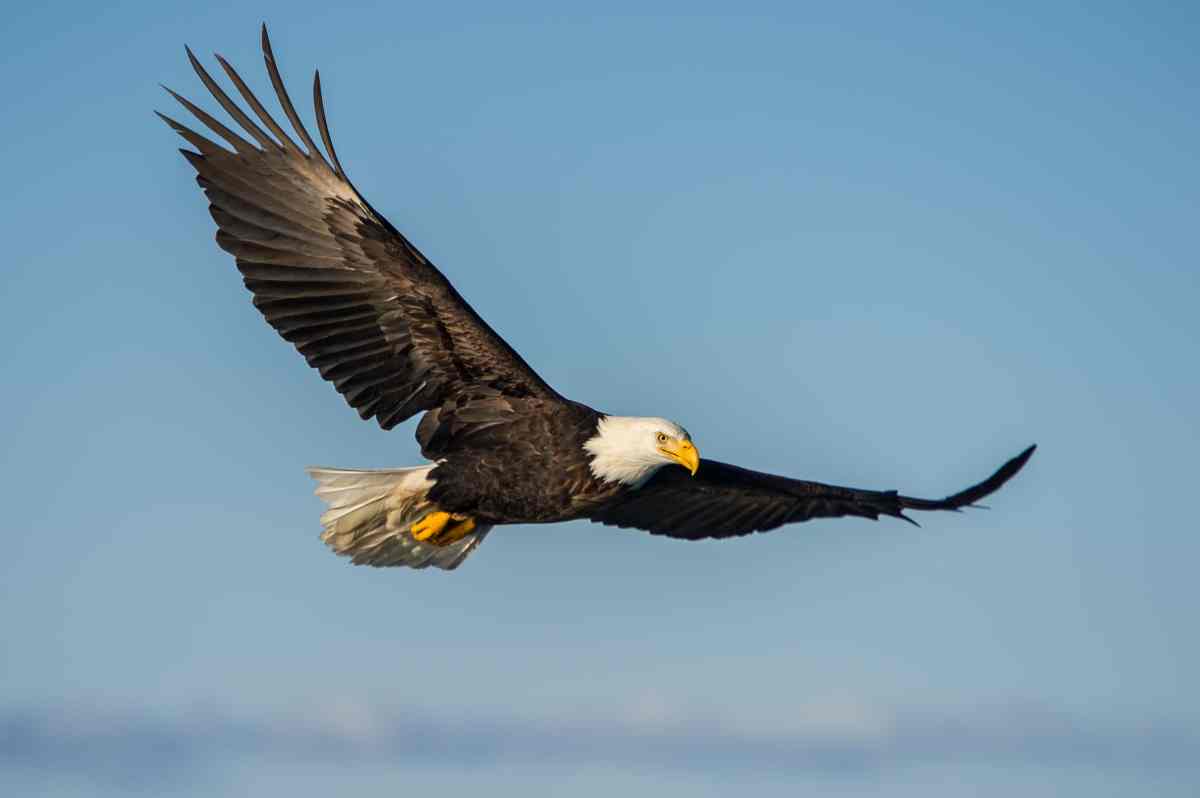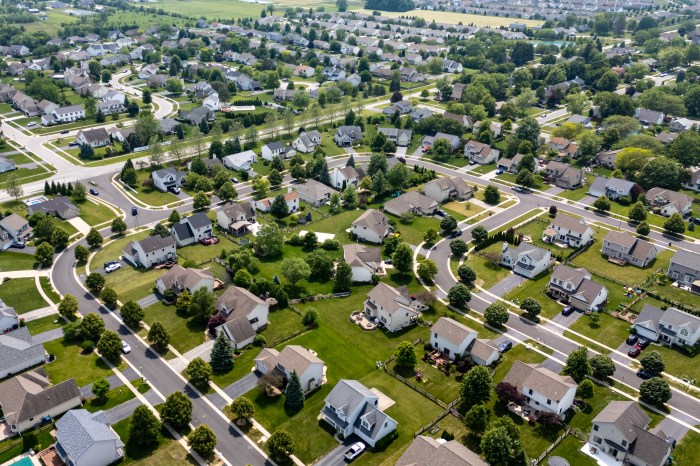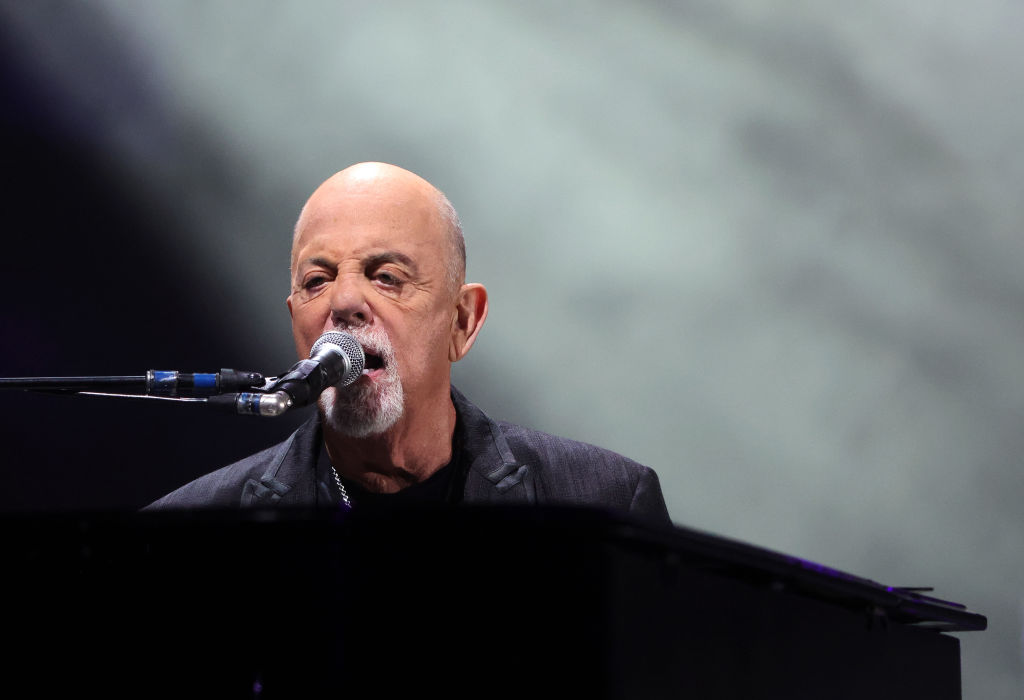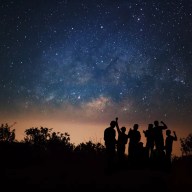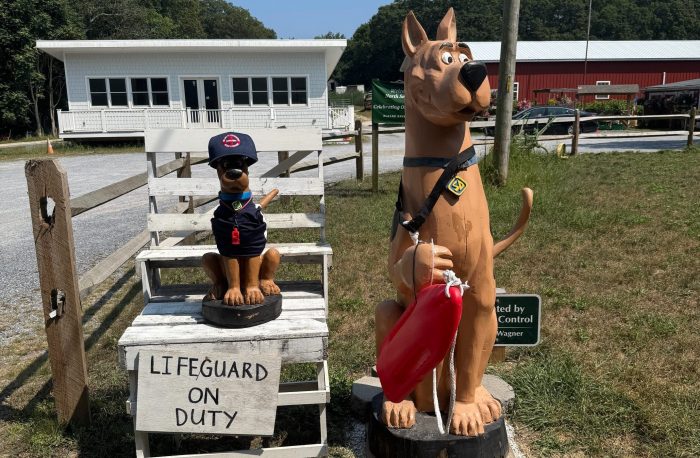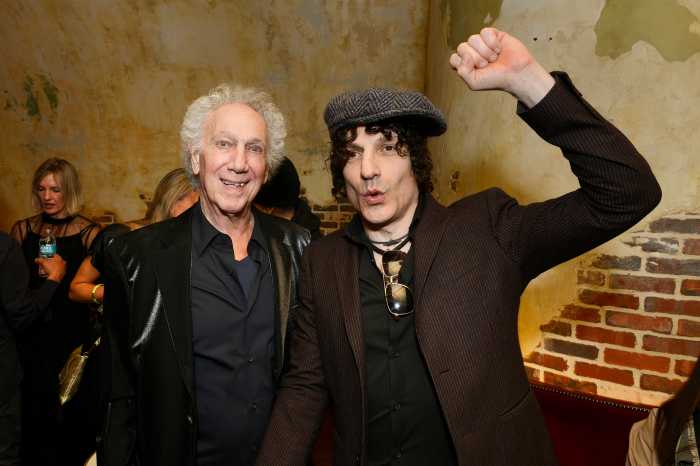Growing up on Long Island in the 1960s, I had the pleasure of seeing many wide-open spaces with abundant wildlife. Yearning for more, I devoured animal books and dreamed of seeing lions, hippos, polar bears, and perhaps a raptor.
Their name stems from the Latin rapere, meaning to seize or take by force. Raptors are birds of prey such as hawks, falcons, owls and eagles. With keen eyesight and razor-sharp talons, raptors rule the skies and fascinated me at an early age — although it was unlikely that I would see one from my suburban perch. Once abundant, raptors were tragically decimated when the pesticide DDT weakened their egg shells, which broke or failed to hatch in their nests.
“Using DDT to control mosquitoes was like torpedoing the QE2 to get rid of the rats on board,” said Dennis Puleston, a local environmentalist.
His persistence and the efforts of Silent Spring author Rachel Carson prompted a nationwide DDT ban. The ban worked and slowly raptors’ numbers grew. Red-tailed hawks were the first I spied and they are now commonly seen perched on parkway light poles.
Ospreys, aka fish hawks or sea eagles, are now routinely found along our shores in summer. Birdlovers erect poles with platforms for ospreys to build their magnificent nests. This bird is found on every continent but Antartica and migrates great distances, returning to LI each spring to raise their young.
The raptor species list is long, but the granddaddy of them all, the bald eagle, soars across LI skies once again. Designated our national symbol in 1782, bald eagles once blanketed America with hundreds of thousands of nesting pairs.
Their collapse began when farmers and fishermen shot bald eagles to “protect their livelihoods.”
Standing three feet tall with six-foot wingspans, they require large trees to nest; habitat loss further reduced their numbers. DDT nearly delivered the final blow when fewer than 500 nesting pairs remained nationwide in the ’60s.
I saw a bald eagle in the skies over my Islip home recently. I’ve seen a lot of wildlife in dozens of countries, but this sighting choked me up. Seeing its wings spread, talons dangling, that magnificent white head of feathers, eyes piercing, was like a dream come true for me. I understood why our forefathers selected it to represent America.
We live in politically polarizing times, but we should stop, look up and be thankful for who we are, what we have, and what this bird represents: strength, dignity, and tenacity.
Jungle Bob’s Reptile World is located at 984 Middle Country Rd. in Selden. It can be reached at junglebobsreptileworld.com 631-737-6474.




